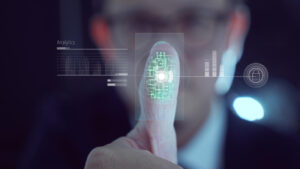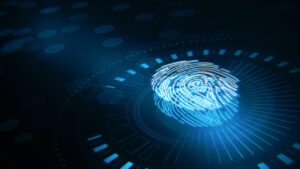For verifying identity, biometric fusion systems integrate different biometric modalities stated by Bahaa Abdul Hadi. These systems have emerged as powerful tools for improving security across varied domains. Nevertheless, similar to any other technology, biometric fusion systems also face some challenges.
One crucial issue that these systems face is the occurrence of false positives and negatives. They can undermine the dependability and effectiveness of these systems. You can learn more about false positives and negatives in biometric fusion systems from this post. Also, you can learn about a few strategies to address these challenges:
Reasons For False Positives and False Negatives
False positives in biometric fusion systems show up when the systems wrongly spot an unauthorized person as an authorized individual. When it spots, it will immediately grant access to sensitive information or resources.
On the other hand, false negatives show up when the system fails to spot an unauthorized user. As a result, it will deny access when it should be granted.
Both false positives and negatives can have serious effects that range from security breaches to inconvenience and user frustration.
One of the key reasons for false negatives and positives is the inherent variability and uniqueness of biometric traits. Some factors like inconsistencies in biometric data, user behavior, sensor quality, and environmental conditions can lead to errors in authentication. Above all, attempts to deceive or spoof the system with the help of techniques like presentation attacks can trigger false negatives and positives.
Addressing False Positives and Negatives
To address false positives and negatives, biometric fusion systems use different techniques. The objective of these techniques, as you can judge, is to improve resilience and accuracy in spoofing attacks. Multimodal integration is one such technique. It brings together different biometric modalities. As a result, it creates a more dependable and robust authentication system. By using different modalities like iris patterns, facial features, and fingerprints, the chances of false positives and negatives can be reduced considerably by following a single-model approach.
Sensor Technology and Signal Processing Algorithms
Yet another option available to address false positives and negatives is to employ sensor technology and signal processing algorithms. They can help with mitigating false negatives and positives. High-quality sensors with advanced features like anti-spoofing capabilities and liveness detection can help with improving the security and accuracy of biometric authentication. In the same way, sophisticated algorithms for fusion, matching, and feature extraction help with more dependable and precise identification of individuals. The outcome will be fewer chances of false positives and negatives.
In addition, continuous monitoring and adaptation are important to maintain the effectiveness of biometric fusion systems. The article has been written by Bahaa Abdul Hadi and has been published by the editorial board of www.identityherald.com.




